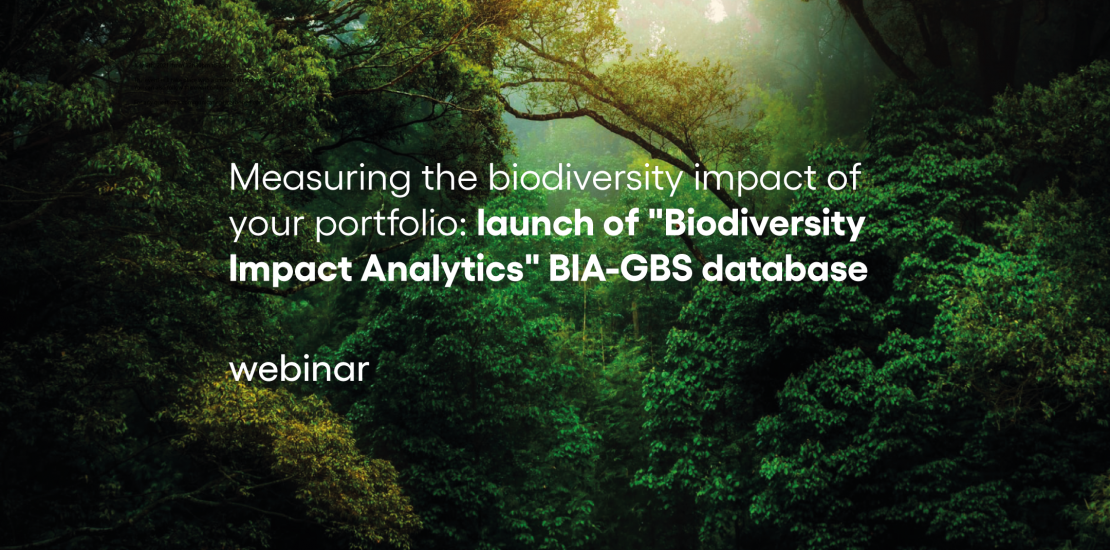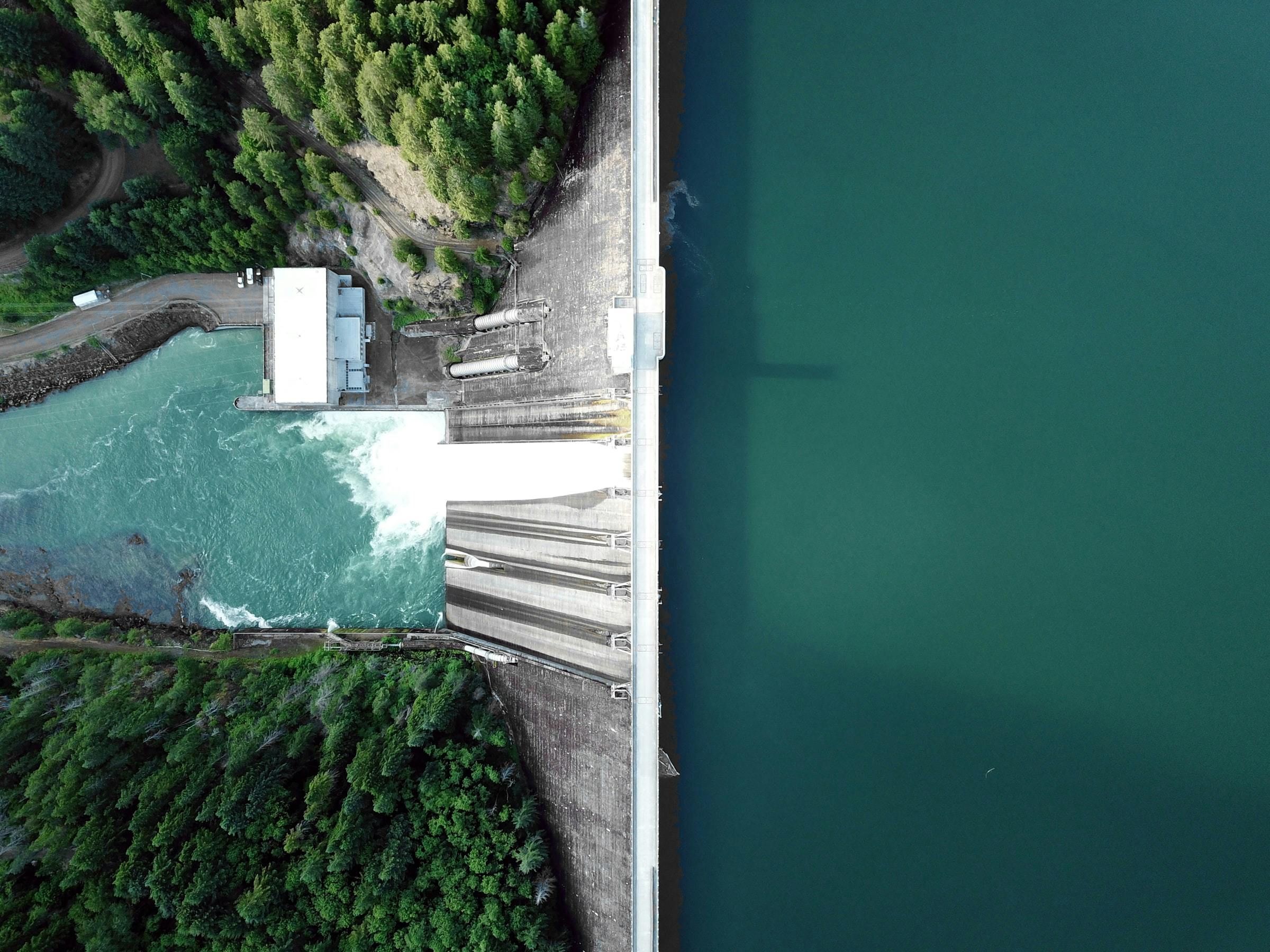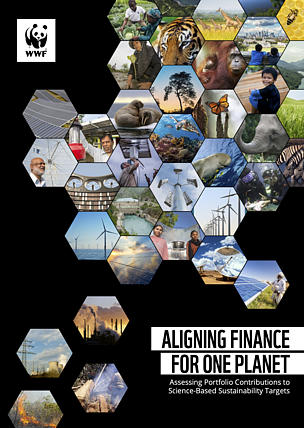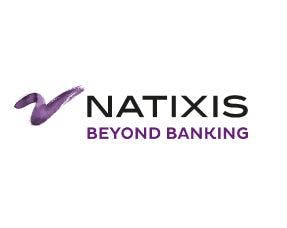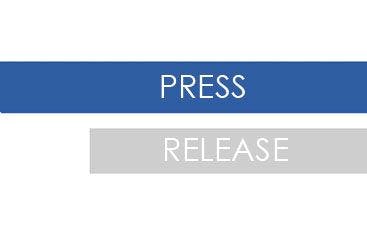The resilience of the Euronext Low Carbon 100® index towards the Coronavirus crisis
Context
The Coronavirus crisis has shown in a very material way how the interconnection between extra-financial and financial risks is more decisive than ever to build the next world. In particular the integration of ESG dimensions and climate policies has become both a case for environmental and financial stability. “The authorization for a company to exist in tomorrow’s world will depend on its ability to find a business model compatible with the finite resources of the planet,” said Fabrice Bonnifet, President of the College of Directors of Sustainable Development.
Companies that contribute positively to the climate transition are generally better prepared to face this type of crisis because they position themselves on the most relevant markets and technologies in the long term.
More than ever, going beyond short-term management is becoming a necessity in a world in the midst of physical, economic and regulatory upheavals induced by climate change. Thinking about ruptures is an imperative in the strategic thinking of a company, in order to ensure sustainable performance and resilience of its activity.
The Low Carbon 100 Europe® index: a low carbon approach that continues to prove itself
The BNP Paribas Easy Low Carbon 100 Europe ETF and its benchmark, the Low Carbon 100 Europe®, have performed very well considering the current health crisis.
These good performances stem from the composition of the benchmark index, the Low Carbon 100 Europe®. The index is made up of 100 very liquid European companies selected according to their environmental approach and based on the Carbon Impact Analytics (CIA) methodology developed by Carbone 4 and the data provided by Carbon4 Finance.
The index is composed of European companies selected as they are considered best placed in relation to the climate issue compared to other companies. Since October 2008 (date of creation of this ETF), the performance of this index has been far superior to that of many European indices which do not have this low carbon filter.
The BNP Paribas Easy Low Carbon 100 Europe ETF stands out with ‘flattering rankings over all periods’, according to Quantalys. Thus, it is part of the first decile of European equity funds over 10 and 3 years, and part of the first quarter over 8 and 5 years. Over the last period, it has beaten its category average by almost 2 points a year. It generally resists downward phases very well, since it also lost only 1.8% in 2011 and 7.6% in 2018. According to Quantalys’ qualitative analysis, it does not show any weakness whatever the market configuration.
About the Low Carbon 100 Europe® index
Euronext was the first stock exchange operator to launch a pan-European CO2 emission index in 2008, designed specifically with the support of a group of international experts, and in close partnership with NGOs.
Euronext then partnered in 2015 with the firm Carbone4, specializing in low-carbon strategies, to renew the methodology. The latter is based on a more efficient approach to measuring corporate climate performance and offers a unique index solution for investors.
The new version of the index developed with Carbone 4 is based on a more in-depth assessment of the carbon footprint of each company, assessed across the entire value chain. This method has thus made it possible, for the first time, to identify the companies which are making a positive contribution to the climate transition, not only through their operational performance, but also, where appropriate, thanks to the products sold to their customers. Finally, the selection of companies in the index also takes into account the level of emissions avoided thanks to their efforts to innovate products and services.
Several years before the requests of the European Commission on the construction of Climate indices (Climate Transition Benchmark, CTB) and indices “aligned” with the Paris Agreement (Paris-Aligned Benchmark, PAB), the Low Carbon index 100 Europe® was the first in the world built to reflect an investment trajectory compatible with the 2 degrees pathway. It therefore allows investors to already benefit from a very good track record compared to the new indices launched recently. The conformity of the Low Carbon 100 Europe® index with the latest TEG and PAB aligned recommendations will therefore be formalized in the coming weeks.
Drawing on this experience, Carbon4 Finance aims to build numerous climate indices for the new CTB and PAB ranges using its own data.
About Carbon4 Finance
Launched in 2016, Carbon4 Finance brings to the financial sector the expertise of the consulting firm Carbone 4, which since 2007 has provided services in carbon accounting, scenario analysis and advice in all economic sectors.
Carbon4 Finance offers a complete set of climate risk analyses:
- Transition risk (CIA Methodology: Carbon Impact Analytics): financial risks resulting from the adjustment process towards a low-carbon economy (policy changes, new technologies, etc.)
- Bottom-up analysis: an in-depth analysis of each underlying asset in a portfolio, followed by aggregation at the portfolio level
- Sectoral approach: indicators and specific calculation modules by sector
- Comprehensive measurement of the carbon impact of the portfolio: recalculations of the entire carbon footprint (scopes 1, 2 and 3) thanks to the sectoral modules
- Calculation of sectoral physical indicators: green share, brown share, energy mix etc.
- Climate Strategy Indicator: qualitative and quantitative analysis of a company’s investments towards a low-carbon strategy.
- Beyond the carbon footprint, an assessment of the contribution to climate change mitigation: calculation of the emissions saved (avoided and reduced) and calculation of the alignment of a portfolio with climate scenarios.
- Physical risk (CRIS Methodology: Climate Risk Impact Screening): impacts on the value of financial assets that arise from events related to climate and weather conditions (floods, droughts, storms, etc.)






